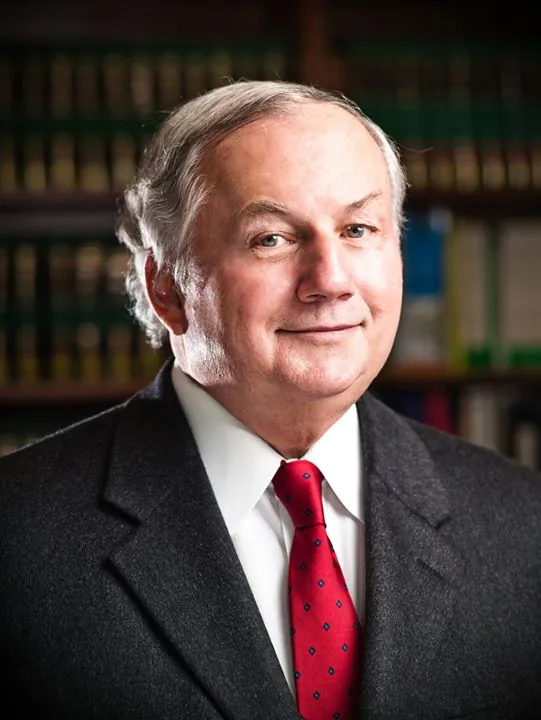PCL Injuries in Car Crashes Explained
I’m Ed Smith, a South Sacramento car accident lawyer. Posterior Cruciate Ligament (PCL) injuries are common in car accidents. The cause of this type of injury is strong force and impact. In car crashes, it is the result of a bent knee slamming into the vehicle’s dashboard. This injury also commonly occurs in children participating in high speed sports, like soccer or football, where children are running and their knee might collide with another player.
PCL Anatomy
The knee joint is located between the femur (thigh) and the tibia (shin). The posterior cruciate ligament is one of four ligaments attached to the kneecap, or patella. Ligaments connect your different bones together. These ligaments stabilize the kneecap. The PCL, a cruciate ligament inside the knee joint, is attached directly behind the kneecap. The ligament prevents the shin bone from extending too far backward and controls the back and forth motion of your knee.
PCL Injury Types
Overall, posterior cruciate ligament injuries are infrequent because they require a powerful blow to tear the ligament. However, health care professionals may also see strains or sprains of the PCL in car crashes and sports.
PCL Tear Symptoms
Injury of the posterior cruciate ligament may be a partial or complete tear of the ligament. Symptoms may include sharp pain, swelling, trouble walking or instability of the knee. Patient’s commonly complain that they feel as though their knee will give out.
PCL Diagnosis
A doctor or emergency physician will assess your symptoms, take your medical history and conduct a physical exam. You may have an x-ray or MRI to confirm your diagnosis. A tear of the PCL is considered a sprain which can vary in severity when diagnosed from a Grade I to a Grade III.
Grade I Treatment
Grade I PCL sprains occur when the ligament has a partial tear with function. This grade is assigned when the knee joint is slightly stretched. Following R.I.C.E. (rest, ice, compression and elevation) generally works to resolve this injury on its own.
Grade II Treatment
A Grade II PCL sprain occurs when there is a partial tear and function is limited in some way. A Grade II occurs when the ligament is loose. R.I.C.E. works for this injury also, but crutches may be required. These type of injuries do have the potential to heal on their own.
Grade III Treatment
A Grade III PCL sprain is a complete tear of the ligament and may require surgery. Sometimes surgery may also be required to graft the ligament with the patient’s tendons.
Children with PCL injuries
It is important that children have proper protection when involved in sports. Also younger children should be appropriately seated in child safety seats securely placed in the backseat of the vehicle. When children suffer PCL injuries, it can also affect the growth plate and impact their knee over time.
Speak to a Physician Right Away
If you are concerned that your child has suffered posterior cruciate ligament tear or injury as a result of an accident, make sure you speak with your family physician for an immediate evaluation.
Related Articles by Ed Smith:
South Sacramento Car Accident & Personal Injury Lawyers
I’m Ed Smith, a South Sacramento car accident lawyer. If you, or someone you care about has been seriously hurt in an auto accident, please call me anytime at (916) 921-6400 or toll-free at (800) 404-5400 for free, friendly advice.
I have been helping South Sacramento residents with their personal injury claims and wrongful death claims for more than 3 decades.
Review my client reviews on these three platforms: Yelp, Google and Avvo.
I am listed among California members of the Million Dollar Advocates Forum. We are a fellowship of the nation’s top-rated trial attorneys with multiple million dollar case verdicts and settlements on behalf of the clients we serve.
You may look at my track record on our Past Verdicts and Settlements page.
Image Attribution: Personal Injury Lawyer, Edward A Smith
Source of PCL Injuries in Car Crashes Explained ~
:bass/bw

